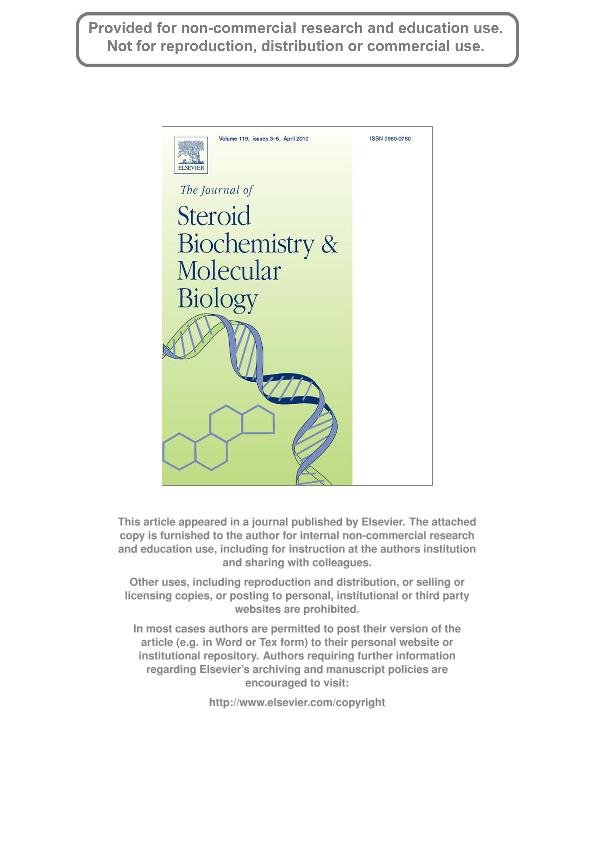Artículo
Dehydroepiandrosterone to induce murine models for the study of Polycystic Ovary Syndrome
Fecha de publicación:
04/2010
Editorial:
Elsevier
Revista:
Journal of Steroid Biochemistry and Molecular Biology
ISSN:
0960-0760
Idioma:
Inglés
Tipo de recurso:
Artículo publicado
Clasificación temática:
Resumen
During the last decade a battery of animal models used for the study of polycystic ovary syndrome (PCOS) have allowed a focus on different aspects of the pathology. Since dehydroepiandrosterone (DHEA) was found to be one of the most abundant circulating androgens in women with PCOS, a rodent model showing the salient features found in women with PCOS was developed by the injection of DHEA. Although insulin-sensitizing agents, such as biguanides, are clinically used in the treatment of diabetes and PCOS, the complete understanding of their mechanisms of action remains unknown. The present review discusses the molecular mechanisms involved in the development of PCOS by using the DHEA-PCOS murine model and analyzes the role of the biguanide metformin as treatment.
Archivos asociados
Licencia
Identificadores
Colecciones
Articulos(CEFYBO)
Articulos de CENTRO DE ESTUDIOS FARMACOLOGICOS Y BOTANICOS
Articulos de CENTRO DE ESTUDIOS FARMACOLOGICOS Y BOTANICOS
Citación
Motta, Alicia Beatriz; Dehydroepiandrosterone to induce murine models for the study of Polycystic Ovary Syndrome; Elsevier; Journal of Steroid Biochemistry and Molecular Biology; 119; 3-5; 4-2010; 105-111
Compartir
Altmétricas




